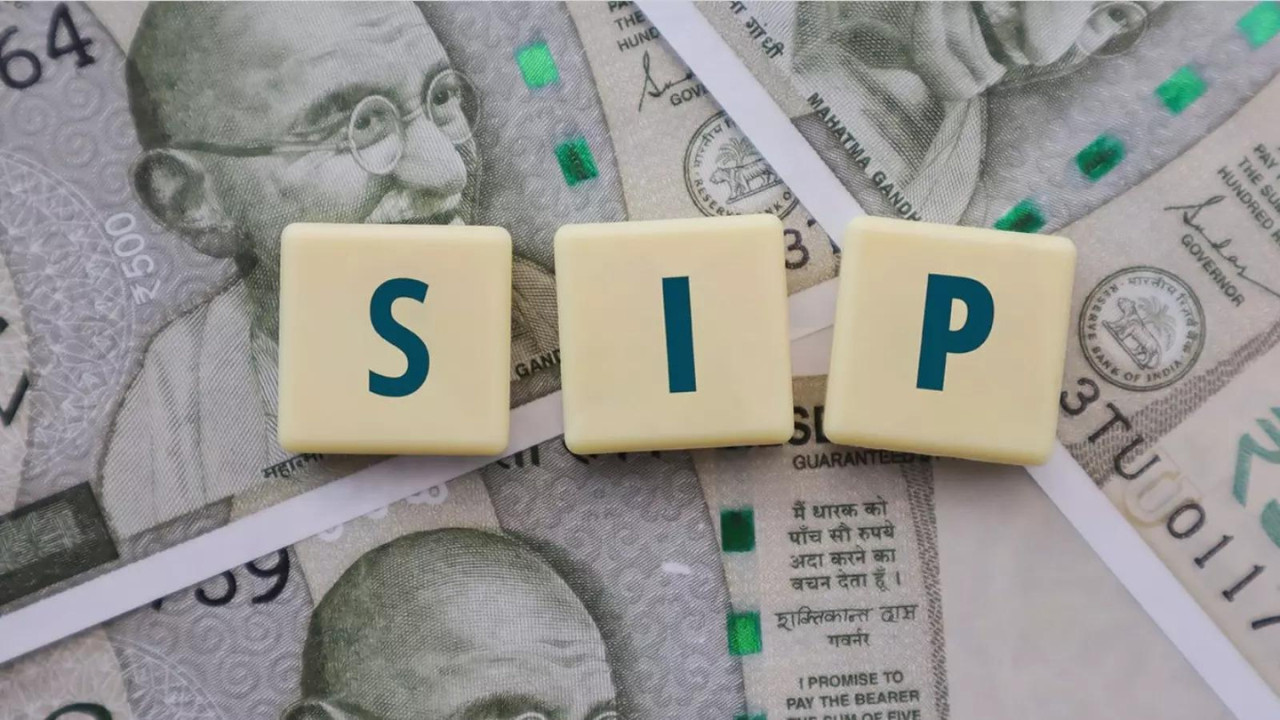Donald Trump announced that the US is nearing a trade deal with India, while Pakistan representatives are expected in Washington for talks. He cautioned that conflict between India and Pakistan could jeopardize these agreements. Tensions are high following India’s ‘Operation Sindoor’ in response to a terror attack. India is expected to allow US companies to bid for government contracts.
Whispers of a Deal: Is the US-India Relationship About to Level Up?
Okay, let’s talk geopolitics. But let’s ditch the boardroom jargon and get real. Because things seem to be bubbling up between the United States and India, and you know what happens when two global heavyweights start talking seriously. It’s rarely dull.
Donald Trump, never one for understatement, recently dropped a little nugget that has folks buzzing. He stated that the US is “very close” to striking a deal with India. Now, we’ve heard similar pronouncements before, so let’s not uncork the champagne just yet. But the context, the timing, and Trump’s inherent knack for… well, making things happen, makes this a potentially significant development.
What could this deal entail? That’s the million-dollar question, isn’t it? Trump was characteristically light on specifics. However, we can infer some possibilities by looking at the existing landscape. Trade has always been a sticking point, a persistent pebble in the shoe of this otherwise burgeoning relationship. We’re talking about tariffs, market access, and intellectual property – the usual suspects when it comes to international economic squabbles.
India has long sought greater access to the US market for its agricultural products and certain manufactured goods. Meanwhile, the US has been pushing for reduced tariffs on its technology and agricultural exports to India. Navigating these competing interests requires a delicate balance, a careful dance of diplomacy.
But here’s where things get interesting. This potential deal comes at a critical juncture. Geopolitically, the Indo-Pacific region is becoming increasingly complex, with China’s growing influence a constant, looming presence. A stronger US-India partnership could serve as a crucial counterweight, a strategic alliance built on shared values and mutual interests. Think of it as a power play, a chess move on the global stage.
And let’s not forget the defense angle. India has steadily diversified its arms imports, moving away from its traditional reliance on Russia. The US has been eager to step in, offering advanced military technology and equipment. Any comprehensive deal could potentially include provisions for increased defense cooperation, strengthening India’s military capabilities and solidifying its role as a regional security provider. It’s not just about selling weapons; it’s about fostering a deeper strategic alignment.
Now, Trump also mentioned something else – that delegates from Pakistan are expected to visit next week. This throws another log onto the fire. The US relationship with Pakistan has been…complicated, to say the least. Balancing the delicate tightrope between India and Pakistan has always been a diplomatic challenge for Washington. Could this upcoming visit be a sign that the US is trying to recalibrate its approach to the region, perhaps seeking to play a more mediating role? Or is it simply a routine engagement?
Frankly, it’s too early to tell. What is clear is that any shift in US policy towards South Asia will have profound implications for regional stability and security. India, naturally, will be watching developments with a keen eye. Any perceived tilt towards Pakistan could potentially strain the burgeoning US-India partnership.
The path forward won’t be without its hurdles. There will be disagreements, compromises, and moments of frustration. But the potential benefits of a stronger US-India relationship – both economically and strategically – are simply too significant to ignore.
So, what does this all mean for you and me? Well, a stronger US-India partnership could lead to increased trade and investment opportunities, creating jobs and fostering economic growth. It could also contribute to a more stable and secure world, reducing the risk of conflict and promoting international cooperation.
Ultimately, the success of this potential deal will depend on the willingness of both sides to engage in constructive dialogue, to find common ground, and to prioritize the long-term strategic benefits of a stronger relationship. It requires vision, leadership, and a healthy dose of pragmatism.
Let’s be honest, predicting the future of international relations is a fool’s errand. But what we can do is pay attention, analyze the trends, and recognize the potential game-changers. And right now, the whispers of a US-India deal certainly sound like they could be just that.
📬 Stay informed — follow us for more insightful updates!







